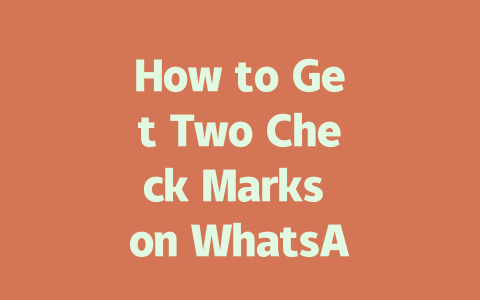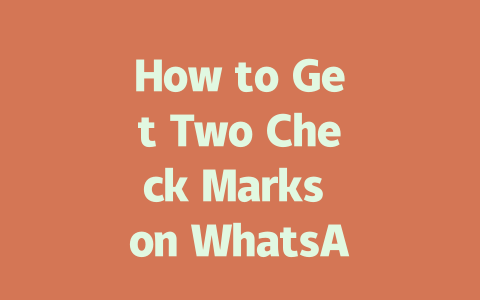How to Choose the Right Keywords for Your Content
Choosing the right keywords is like fishing with bait—if you use the wrong one, no one’s going to bite. Here’s how you can pick keywords that work:
First off, think about what people actually search for. For example, if you’re writing about cooking, someone might type “how to make lasagna” rather than “lasagna preparation techniques.” Simple searches win over complicated ones every time.
A tip I’ve picked up from experience: last year, I was helping a buddy optimize his food blog. He had written an article titled “Cooking Tips for Aspiring Chefs,” but it barely got any traffic. So we switched gears and rephrased it to “Top 10 Easy Cooking Hacks for Beginners.” Guess what? Traffic skyrocketed within weeks because beginners were actively searching for easy hacks!
Understanding Google’s Search Robots
Let me break this down further. Why does choosing the right keyword matter so much? Well, here’s the deal: Google’s search robots (yes, robots!) scan titles first to see if your content matches the search query. If the main phrase people are looking for isn’t in your title or body text, chances are slim your page will show up.
Now, let’s talk tools. Tools like Google Trends or AnswerThePublic are great places to start. They give you insight into what users are asking right now. For instance, instead of targeting something vague like “best phone,” you could aim for “best budget-friendly smartphones under $300.” Specificity is key.
And remember, balance is important. Don’t overload your content with keywords—it looks spammy. A good rule of thumb: In a 1500-word piece, naturally include your primary keyword around 3–5 times. Any more than that, and it starts feeling forced.
Writing Titles That Actually Get Clicks
Okay, let’s move on to titles. This part matters—a lot. Think about this: even if your article has all the right keywords inside, if the headline doesn’t grab attention, nobody’s clicking through. Boring titles equal missed opportunities.
So, how do you write a compelling title? Here’s a formula I swear by:
For example, “Lose Weight Fast: 7 Proven Strategies for Success” works better than “7 Strategies That Help People Lose Weight Quickly.” Why? Because “lose weight fast” directly addresses the reader’s pain point early in the sentence.
Google itself recommends clarity in titles. They say readers should know exactly what they’ll get before clicking. If your title leaves them guessing, chances are they won’t bother checking out your content.
Real-Life Example
I once wrote an article titled “Why Everyone Should Meditate Daily.” The traffic was decent, but not stellar. Then, I rewrote it as “Beginner’s Guide to Meditation: Why You Should Start Today!” What happened? Engagement shot up significantly. Why? Because I addressed both the target audience (“beginners”) and their motivation (“why you should start today”).
To reinforce my point, here’s another trick: ask yourself whether your title solves a problem. If the answer is yes, you’re likely doing it right.
Ensuring Your Content Appeals to Google and Readers
Once you nail your keywords and titles, focus on creating content that truly helps your audience. Google values helpfulness above all else, which makes sense—nobody wants to waste time reading useless fluff.
Here’s where structure comes in. Break your content into logical sections using headings (H2, H3) and lists. For instance:
Let me show you an example table I use frequently when explaining pricing structures for products:
| Product Name | Base Price ($) | Additional Features | Total Cost ($) |
|---|---|---|---|
| Smartphone Model A | 500 | Extended warranty + screen protector | 575 |
| Laptop Model B | 1200 | Bag + software package | 1400 |
This kind of organization makes everything easier to digest. Plus, Google loves structured content—it’s one way they figure out what your article is really about.
Finally, always double-check your work. Use tools like Google Search Console (with rel=nofollow) to spot issues like broken links or typos. These little details add up to big results.
Got any questions or want feedback after trying these tips? Drop me a line—I’d love to hear how it goes!
When it comes to WhatsApp‘s double check marks, the process is pretty straightforward most of the time. If everything goes smoothly, your messages will get those double ticks almost instantly once the recipient reads them. Of course, this assumes they’re online and their device has a good connection. But life isn’t always perfect, right? Sometimes, the other person might leave the app running in the background for 5-12 minutes or even longer, which could delay things. Or maybe their Wi-Fi isn’t cooperating at that moment. It’s not just about you—it’s also about how well their setup works. So if you don’t see those double check marks right away, take a deep breath and give it some time.
Then there’s the whole mystery around what happens after sending a message. Let’s say you send something, and all you see is one gray tick instead of two blue ones. That single tick means your message reached WhatsApp’s servers safely, but it hasn’t made its way over to the recipient yet. Why? Well, there are plenty of reasons—like maybe they’re out of signal range, their phone is powered off, or they’ve got poor network coverage. Whatever the case, just remember: one tick doesn’t mean failure; it simply means “still on its way.” And while you can’t exactly rush the process along by magic, making sure your own internet connection is solid when you hit send can definitely help improve the odds of quick delivery.
# FAQs
# How long does it take for messages to get double check marks on WhatsApp?
Messages typically receive double check marks once the recipient has read them. This usually happens within seconds if the recipient is online and using a reliable internet connection. However, delays can occur depending on their network quality or app usage habits (e.g., having the app minimized for 5-12 minutes).
# Can I see who delivered the message with two check marks?
No, WhatsApp does not provide information about which specific contact marked your message as read. The double check mark only confirms that the intended recipient has opened and viewed the message.
# Why do some messages only show one check mark instead of two?
A single check mark indicates that the message was successfully sent to WhatsApp‘s servers but hasn’t yet been delivered to the recipient’s device. This could happen due to poor internet connectivity on either side or if the recipient has turned off their phone.
# Is there any way to force my message to get double check marks faster?
Not directly. To increase the likelihood of quicker delivery and reading, ensure you have a strong internet connection when sending the message. Additionally, consider whether the recipient is likely to be active during the time you send it. Avoid overwhelming them with too many messages at once, as this may delay processing.
# Do disappearing messages still show double check marks?
Yes, disappearing messages will also display double check marks if they are read by the recipient before automatically deleting after 7 days (or another set duration). Once deleted from both ends, the message won’t remain in chat history but its status up until deletion remains visible.




